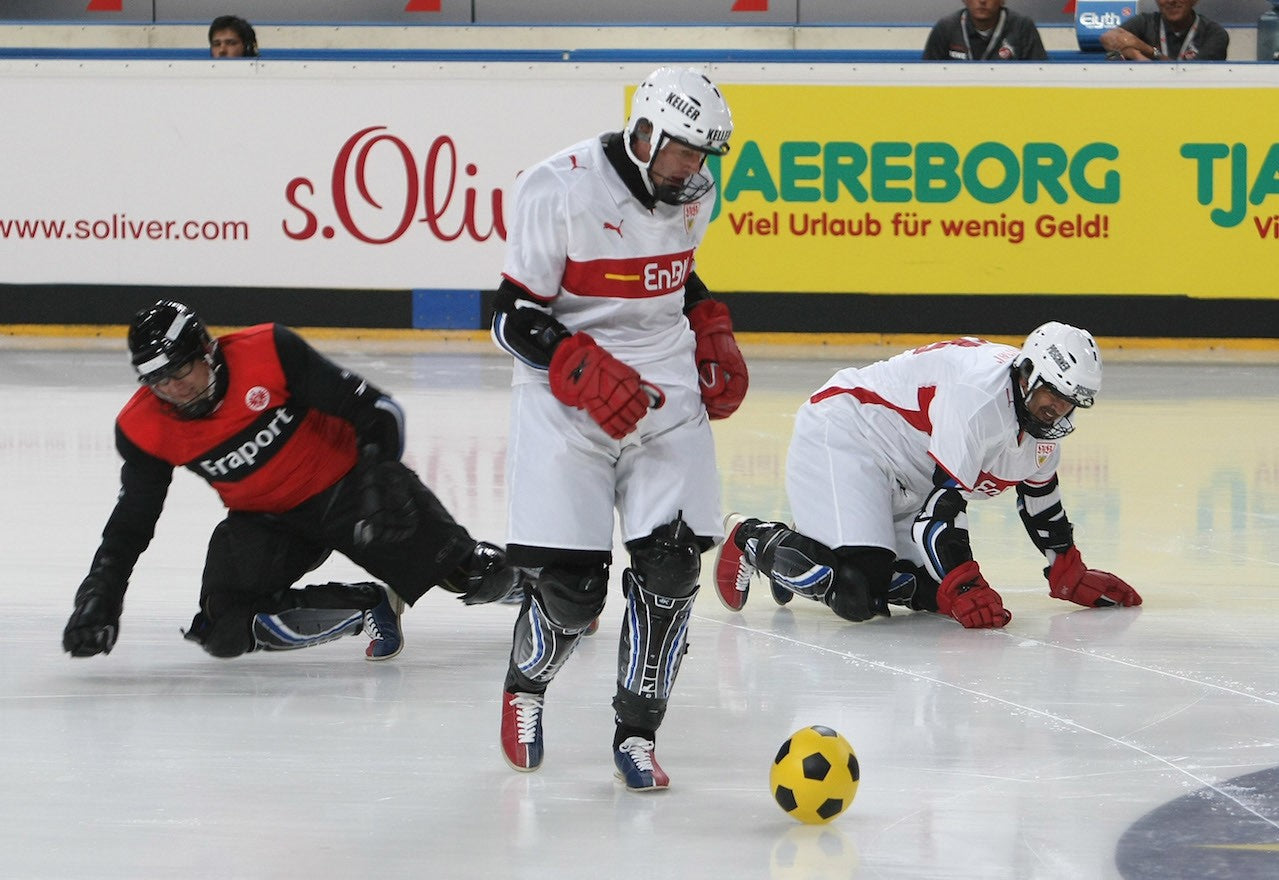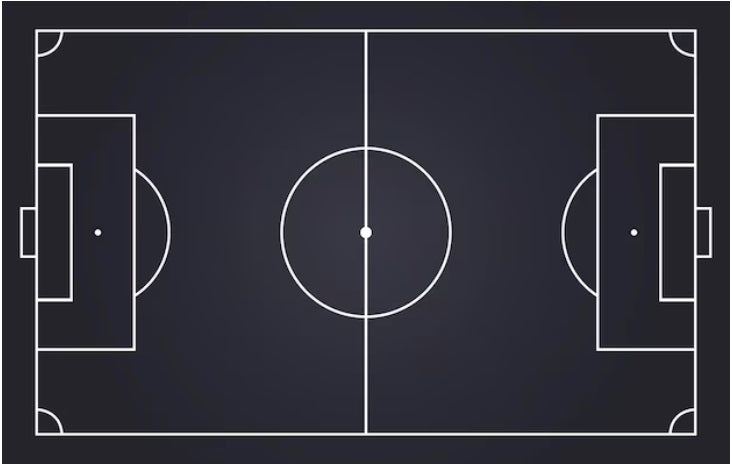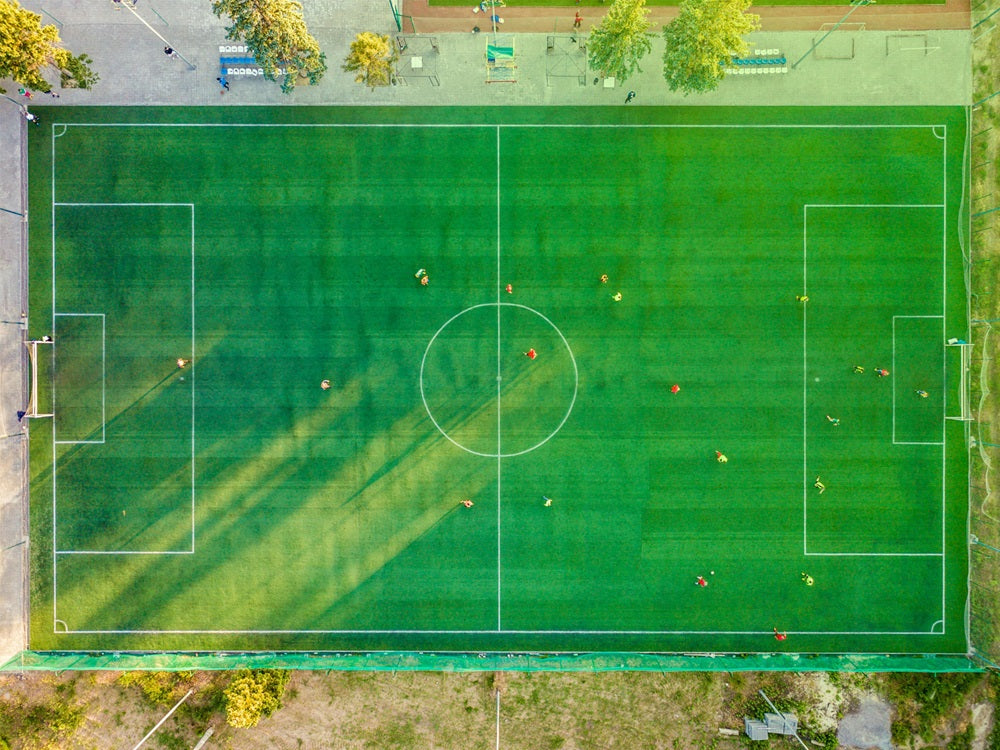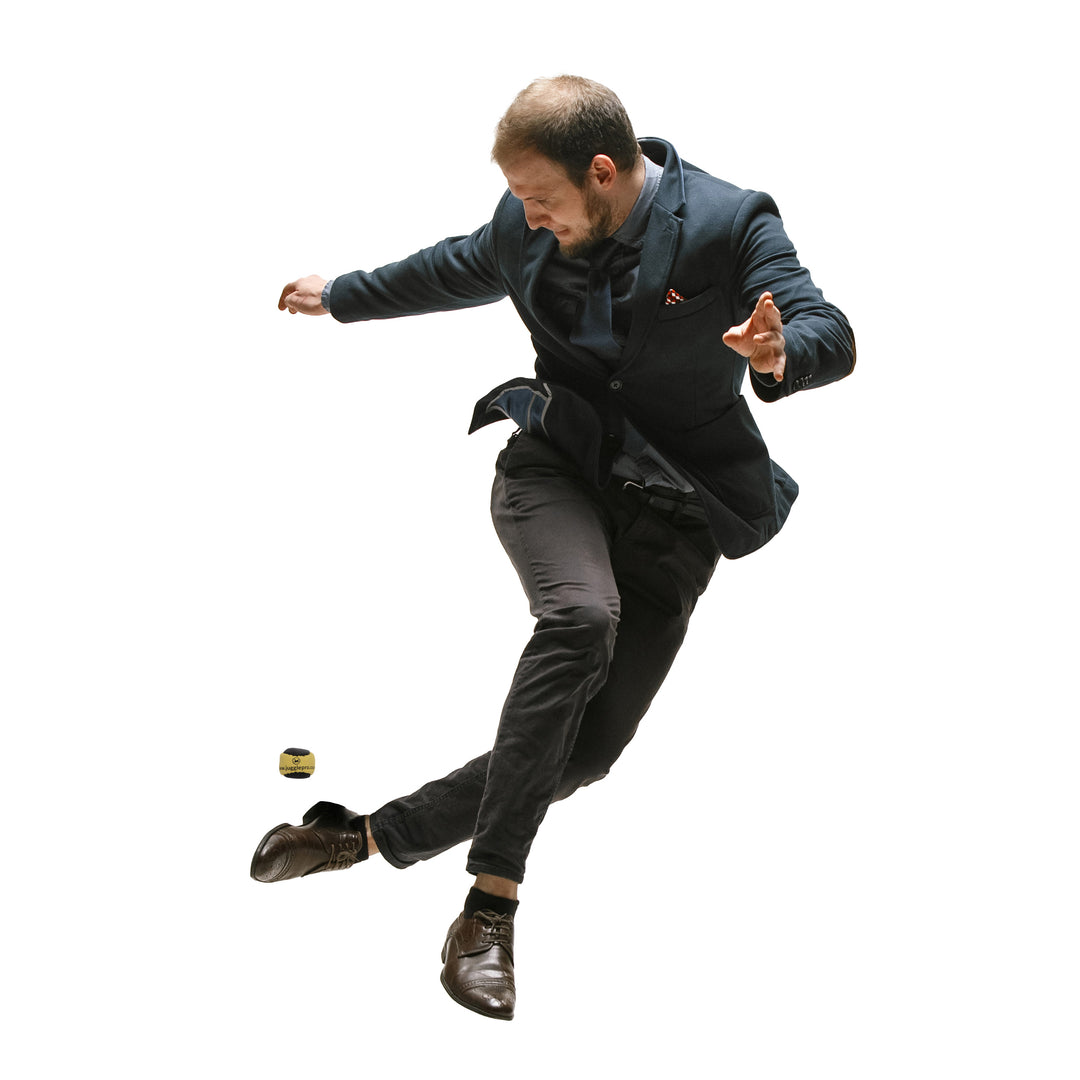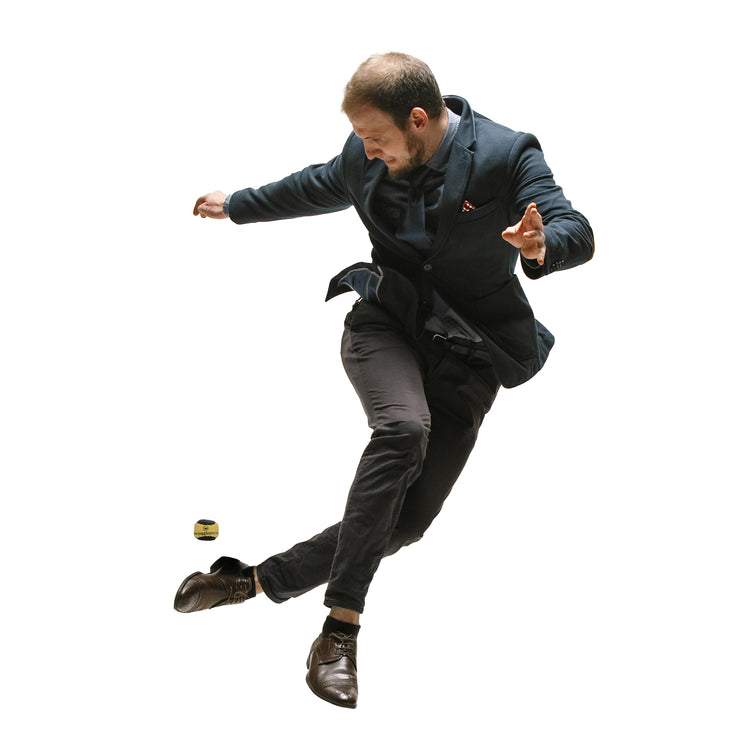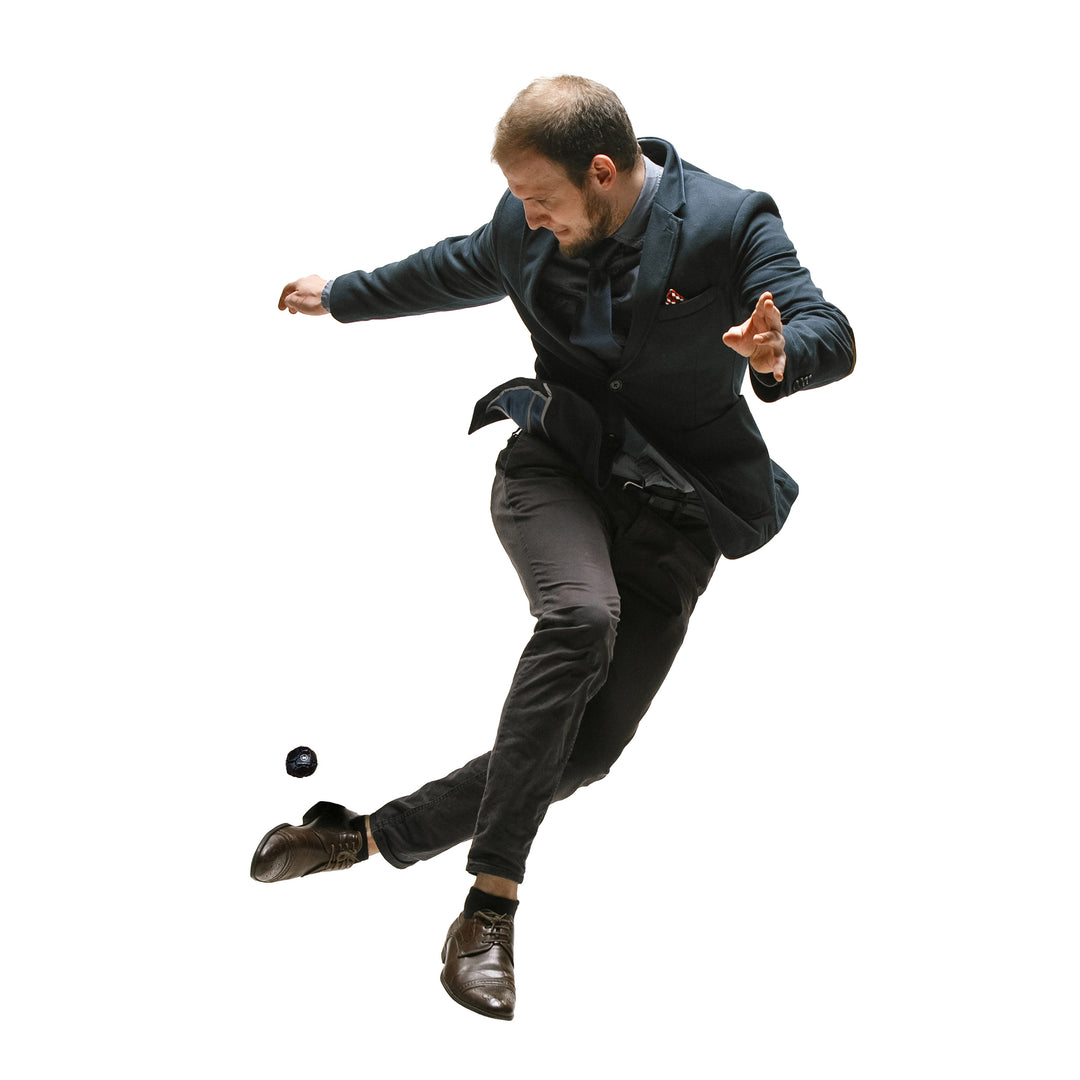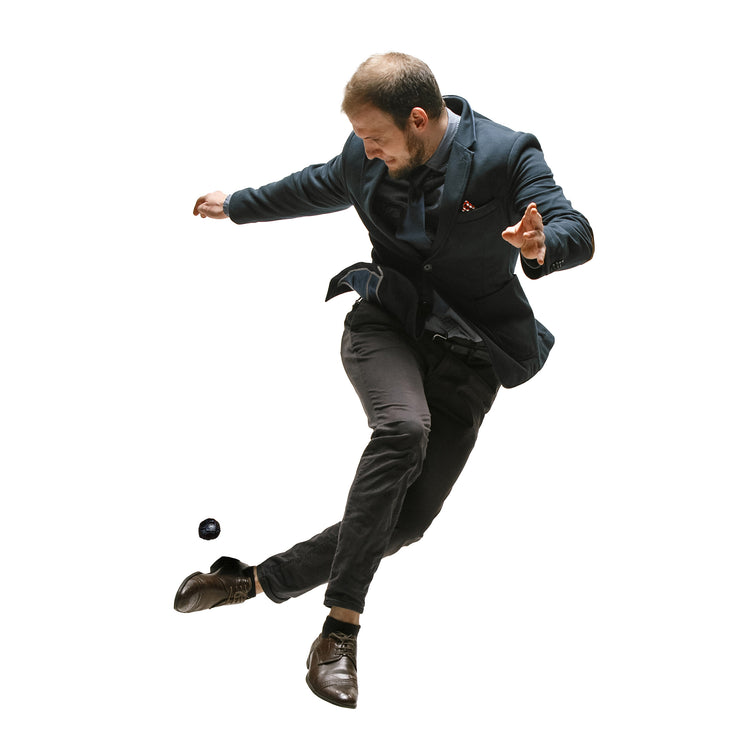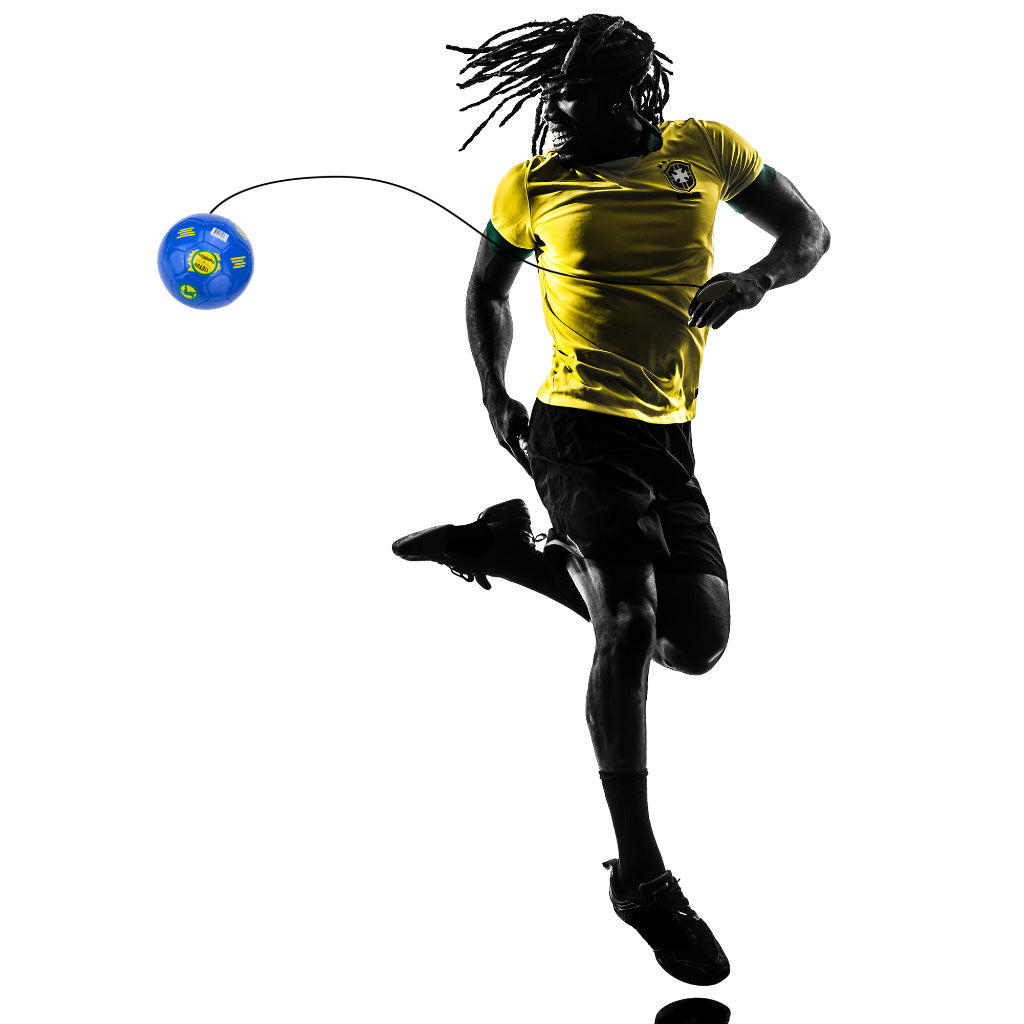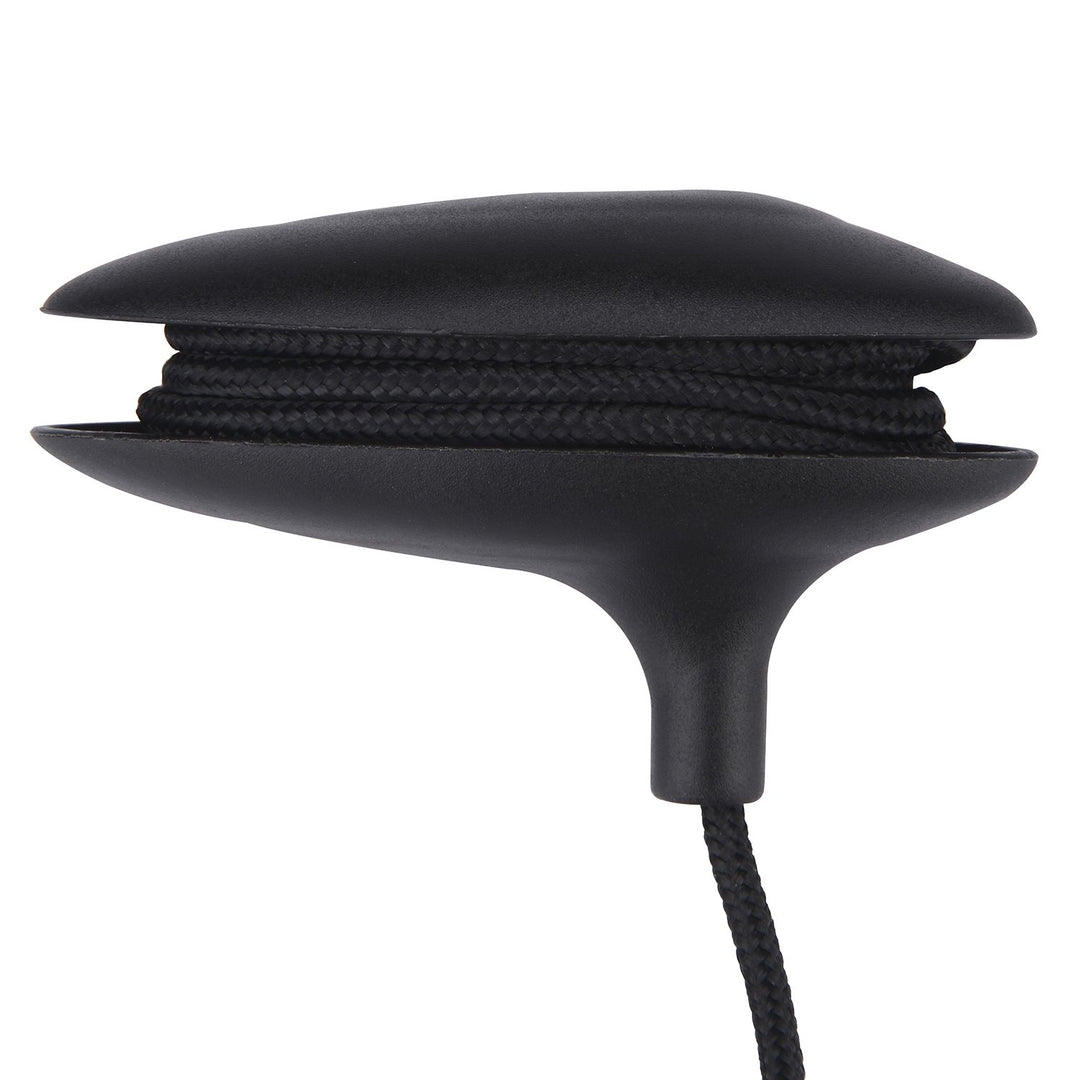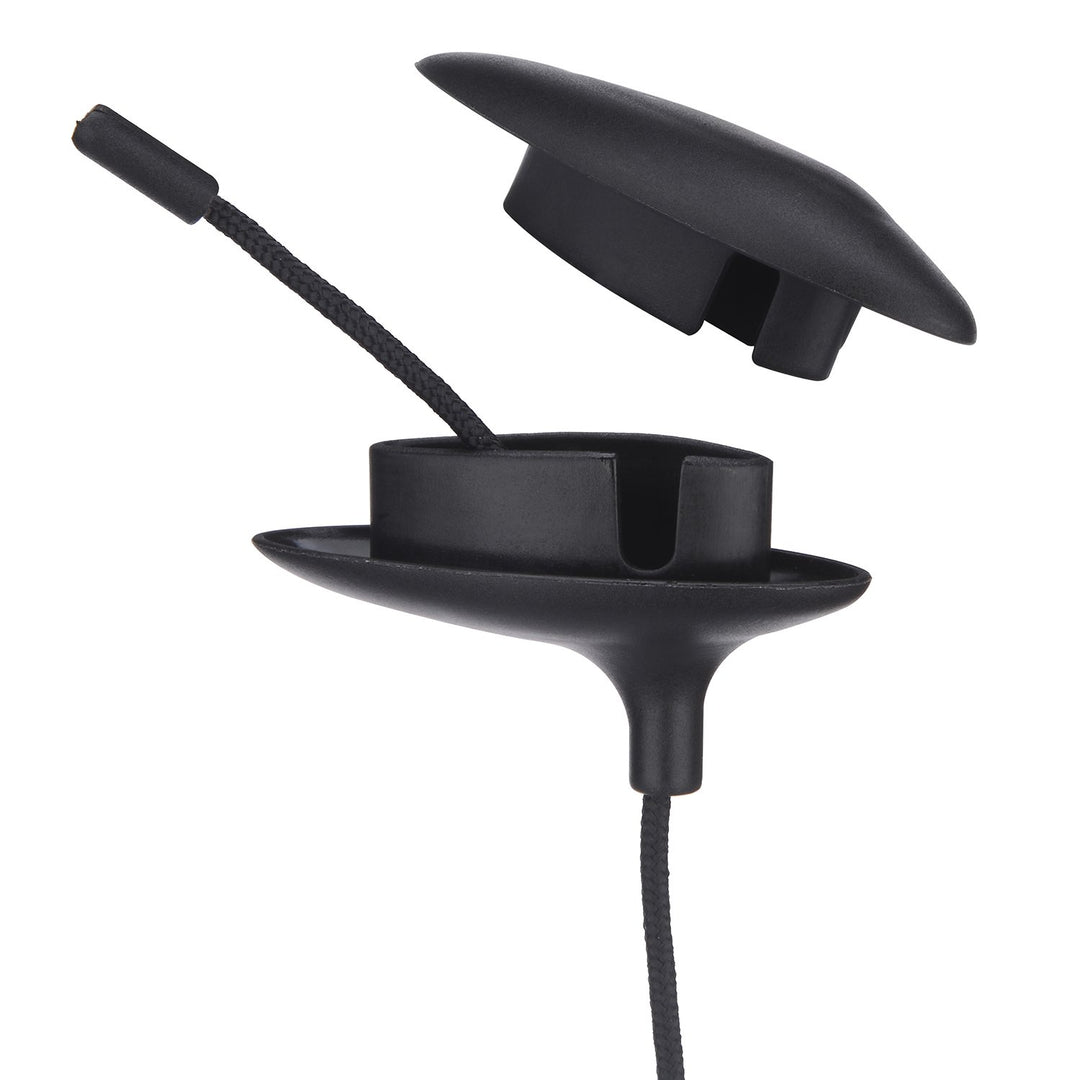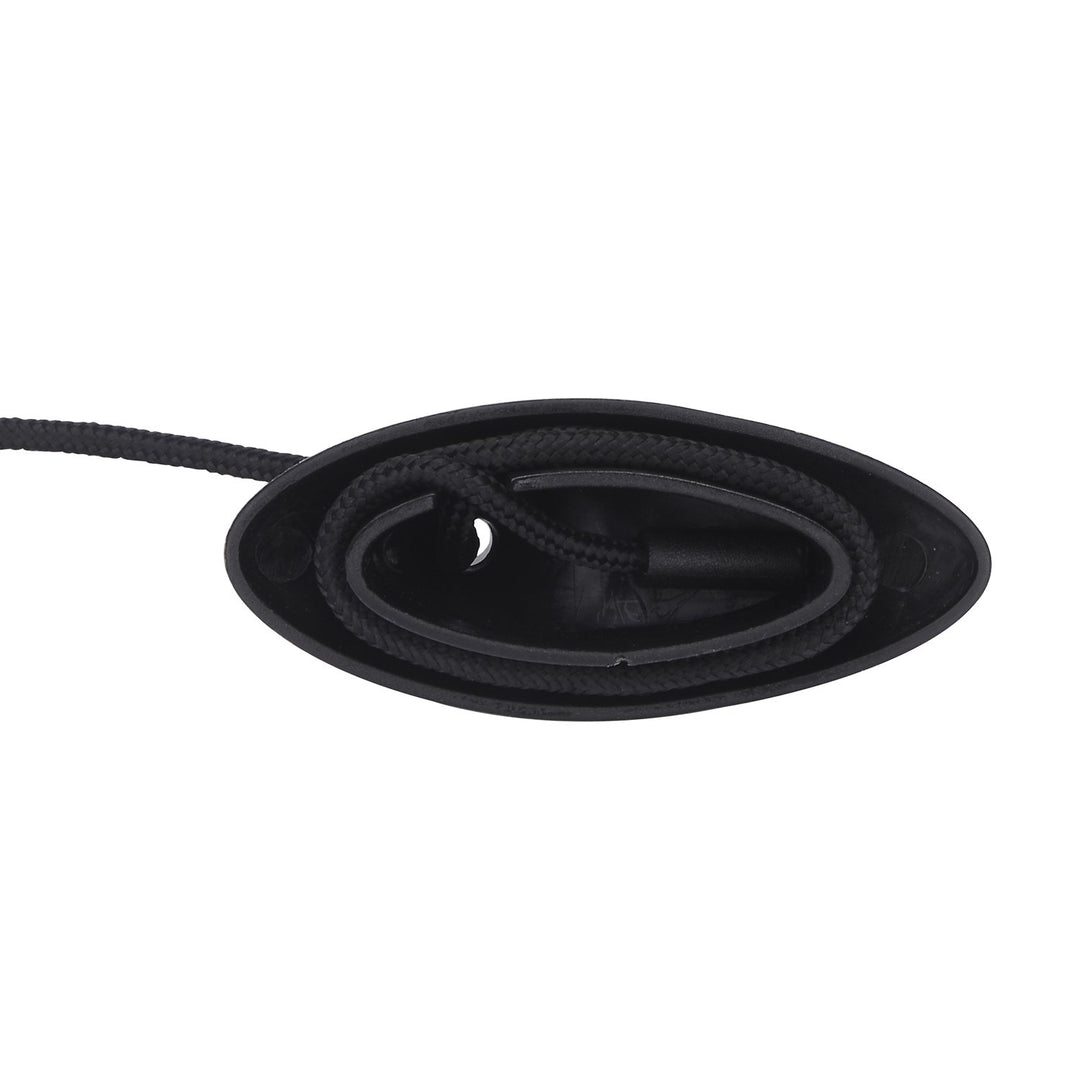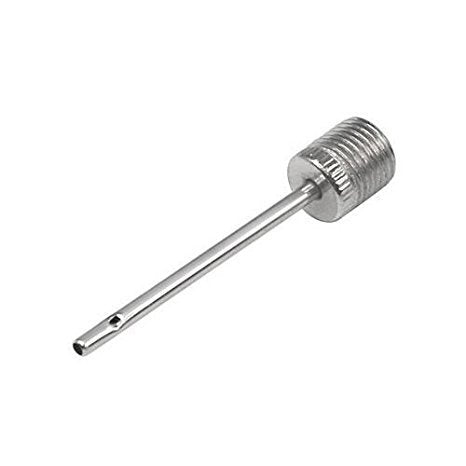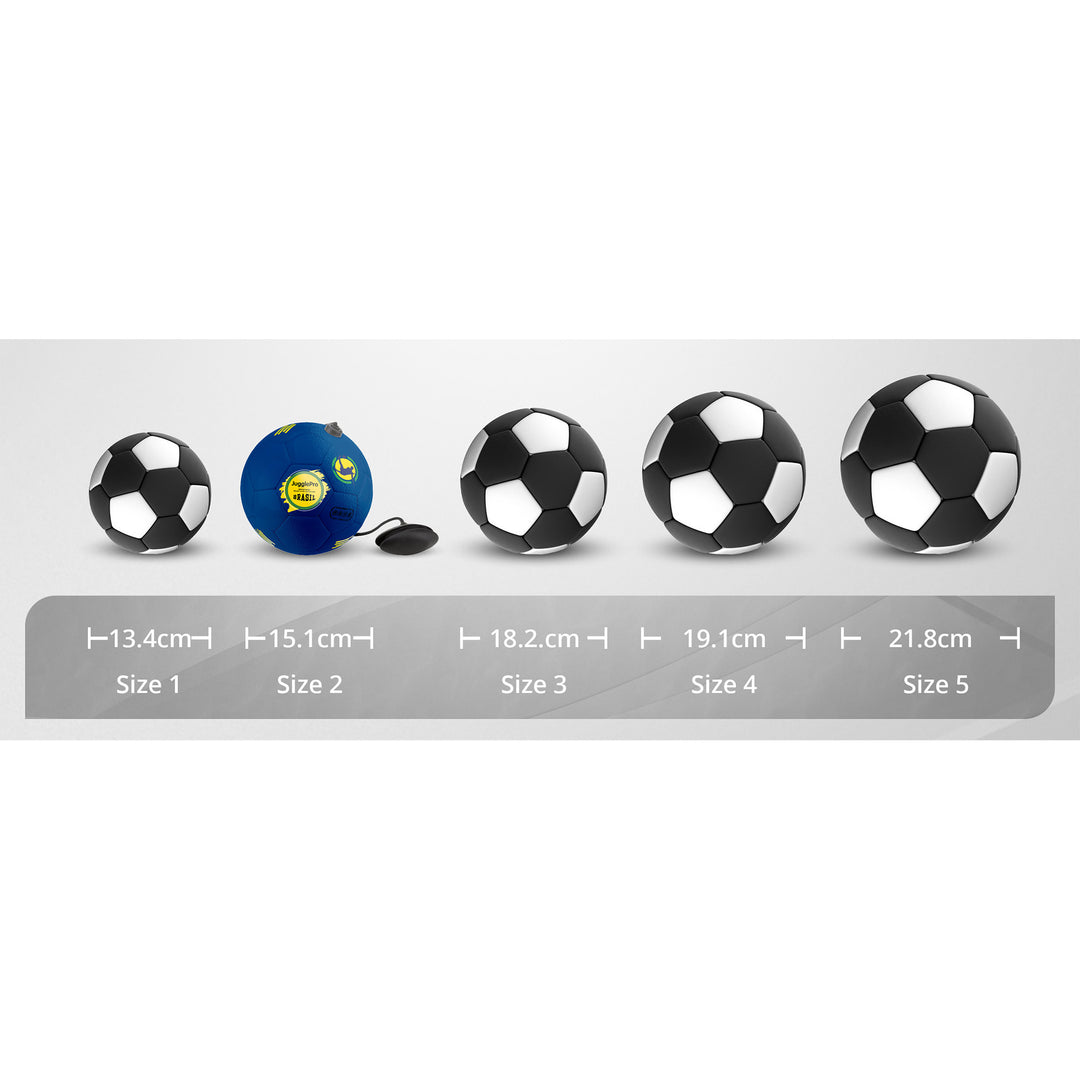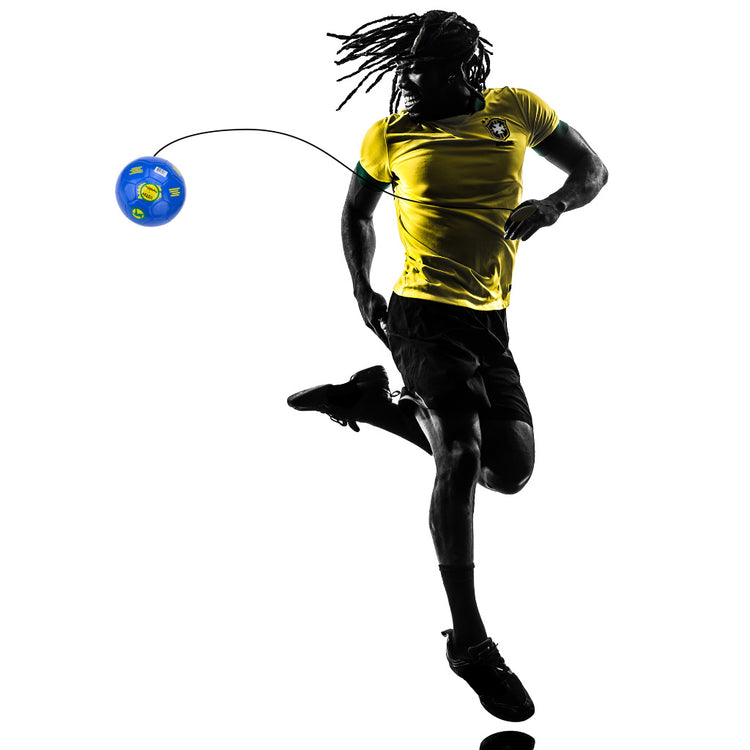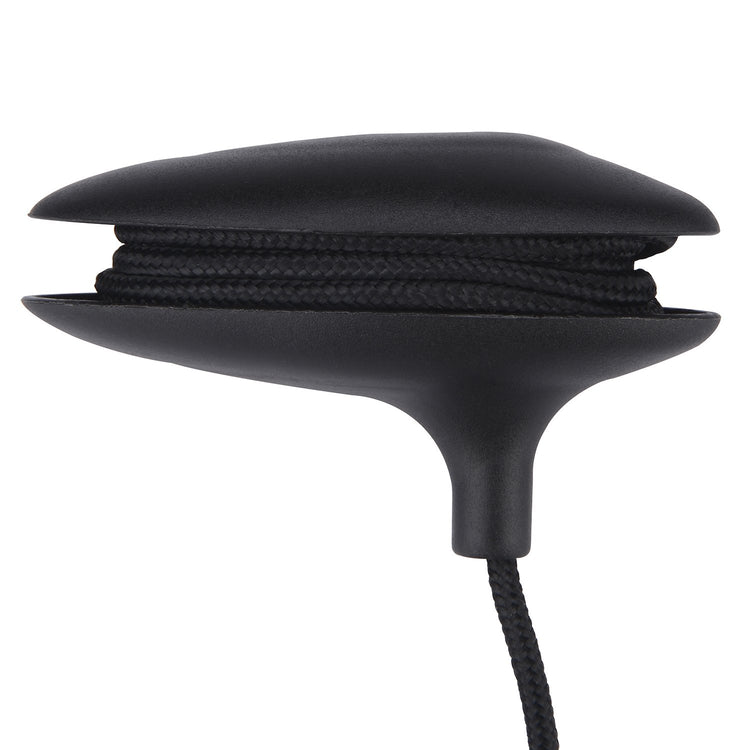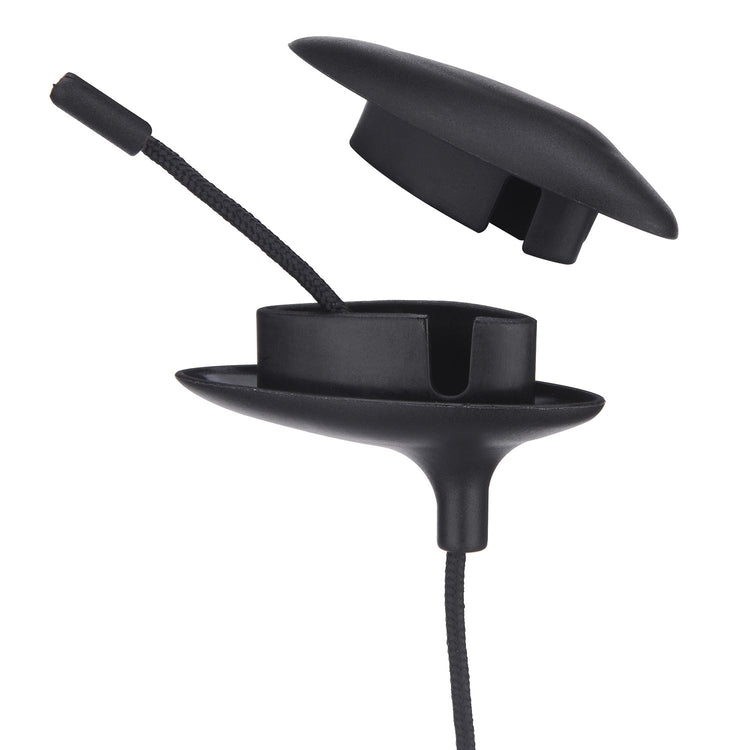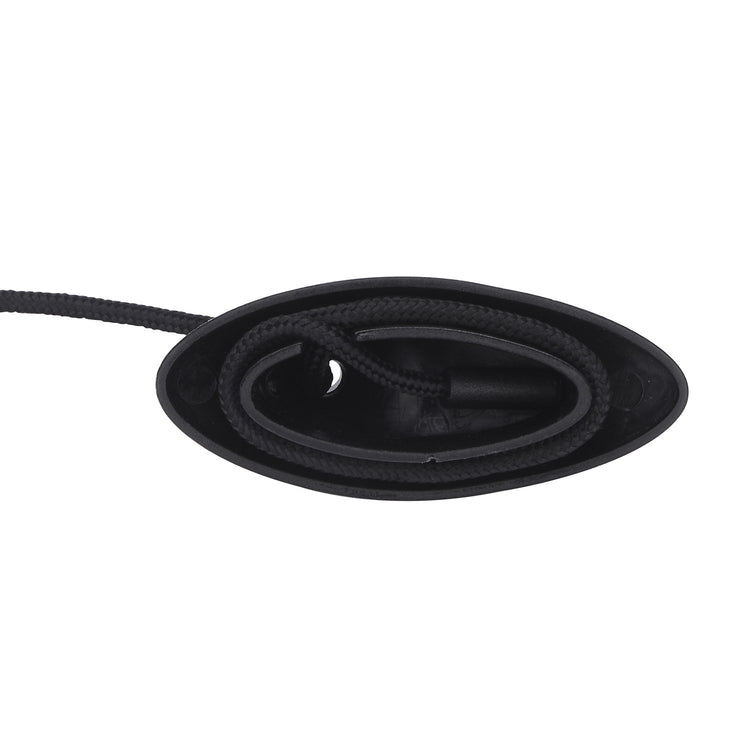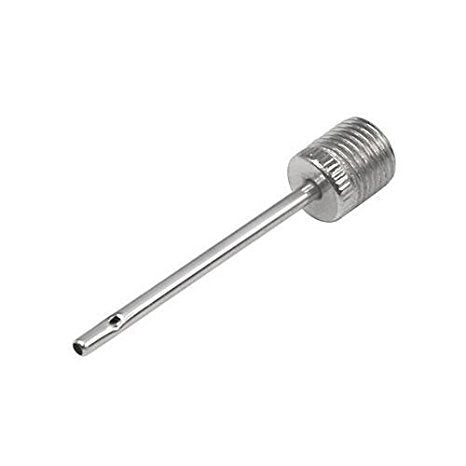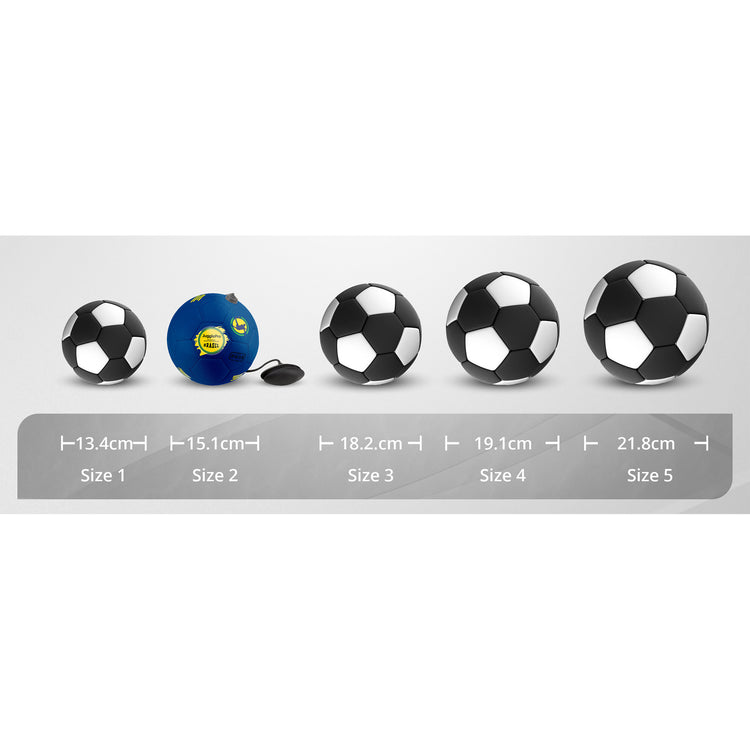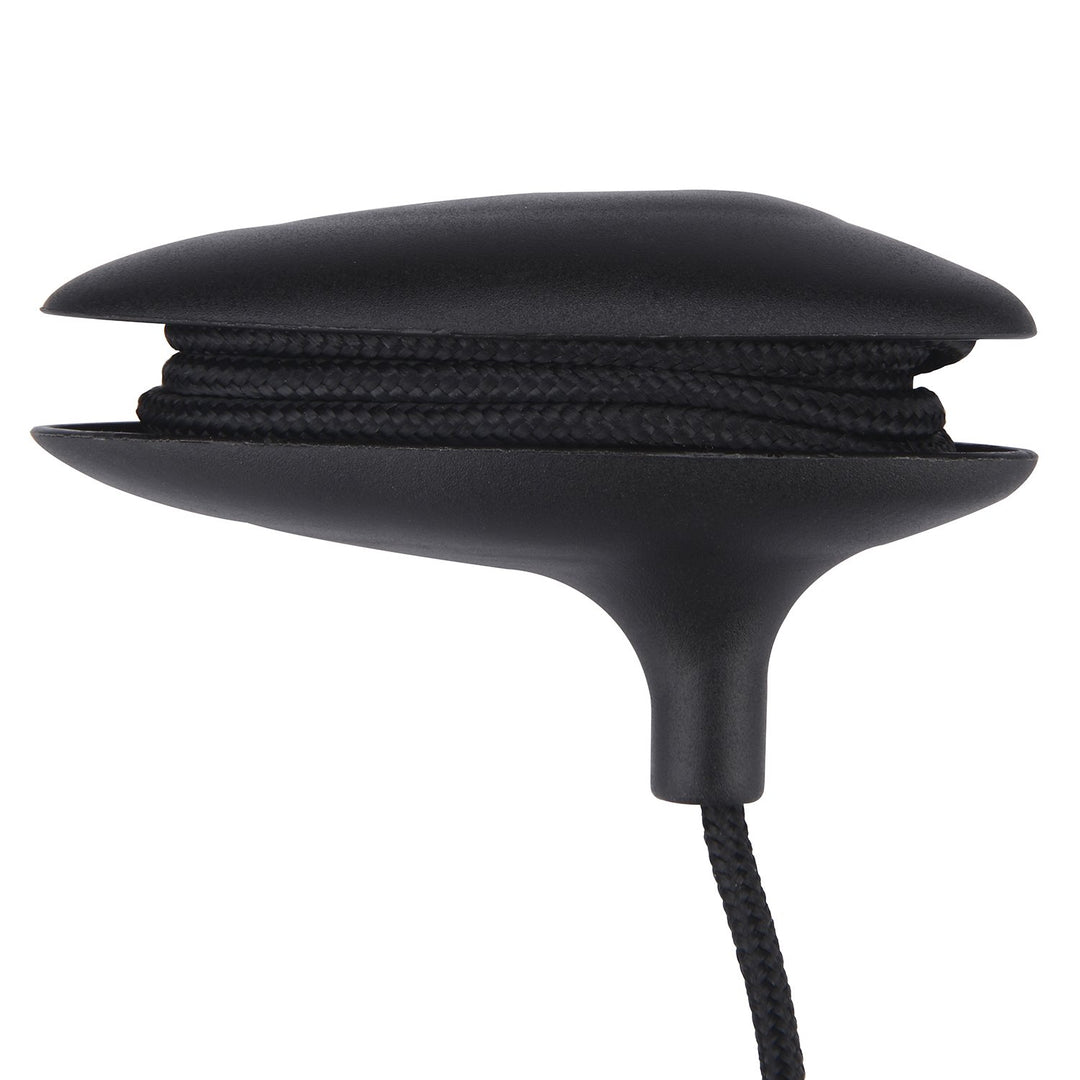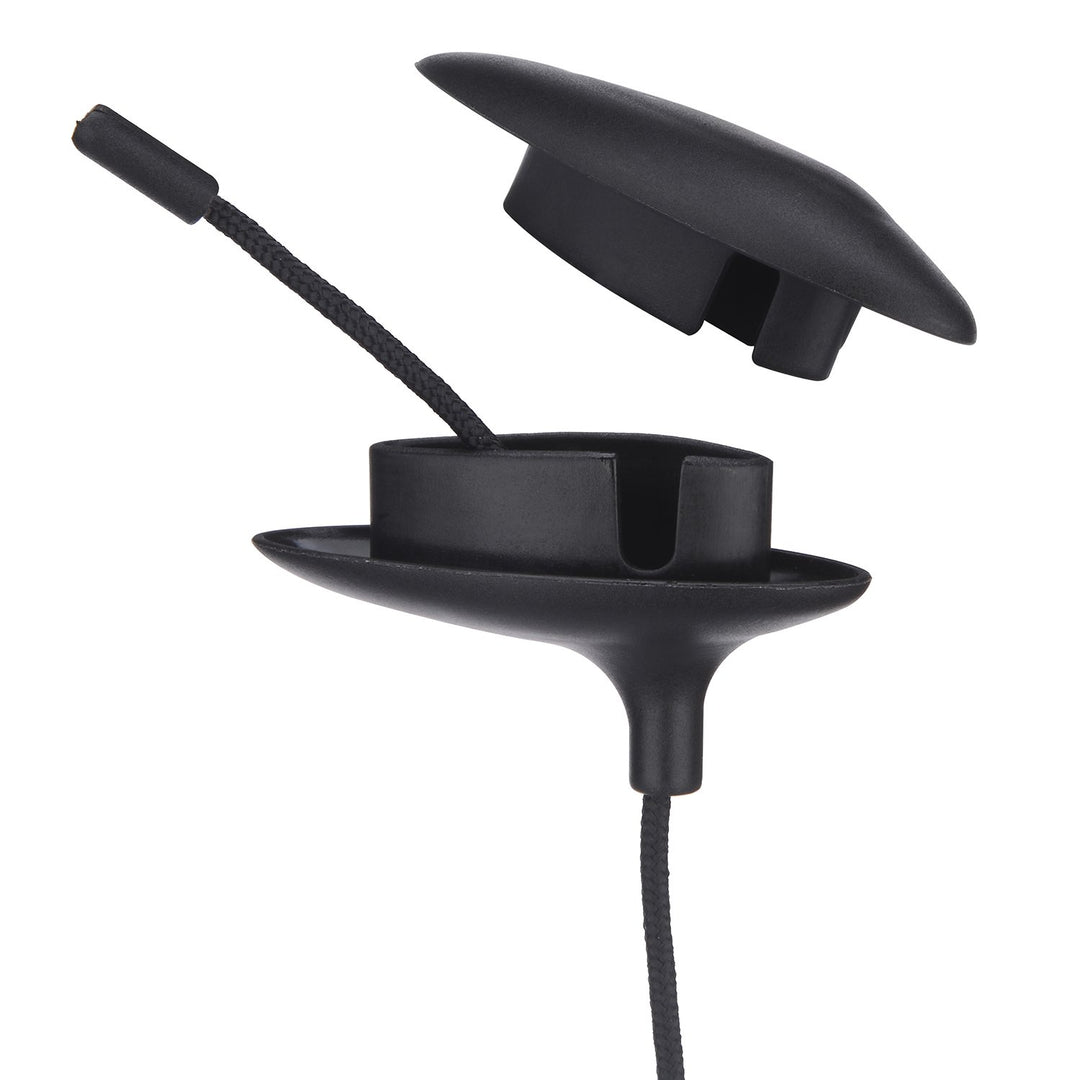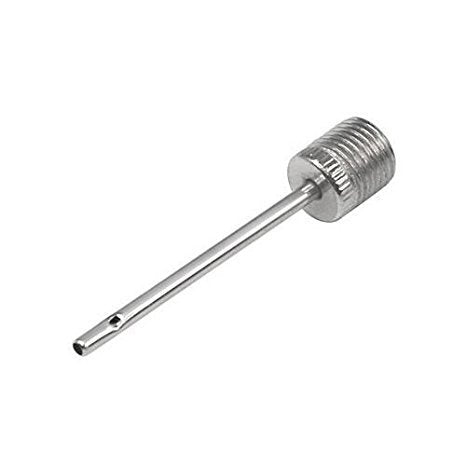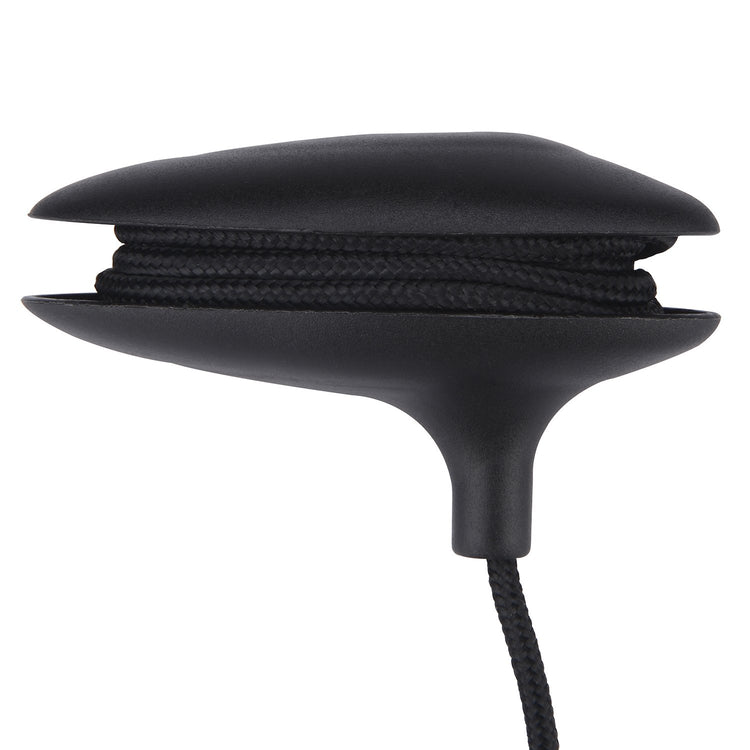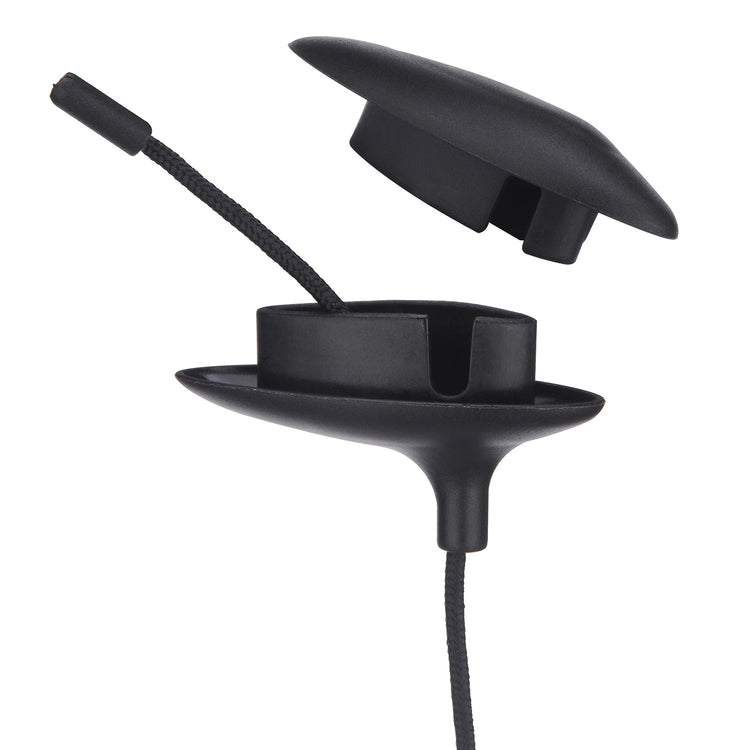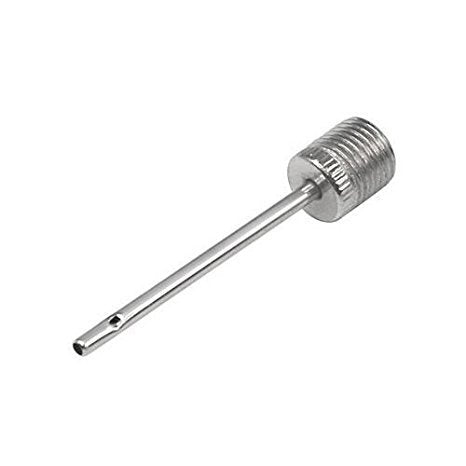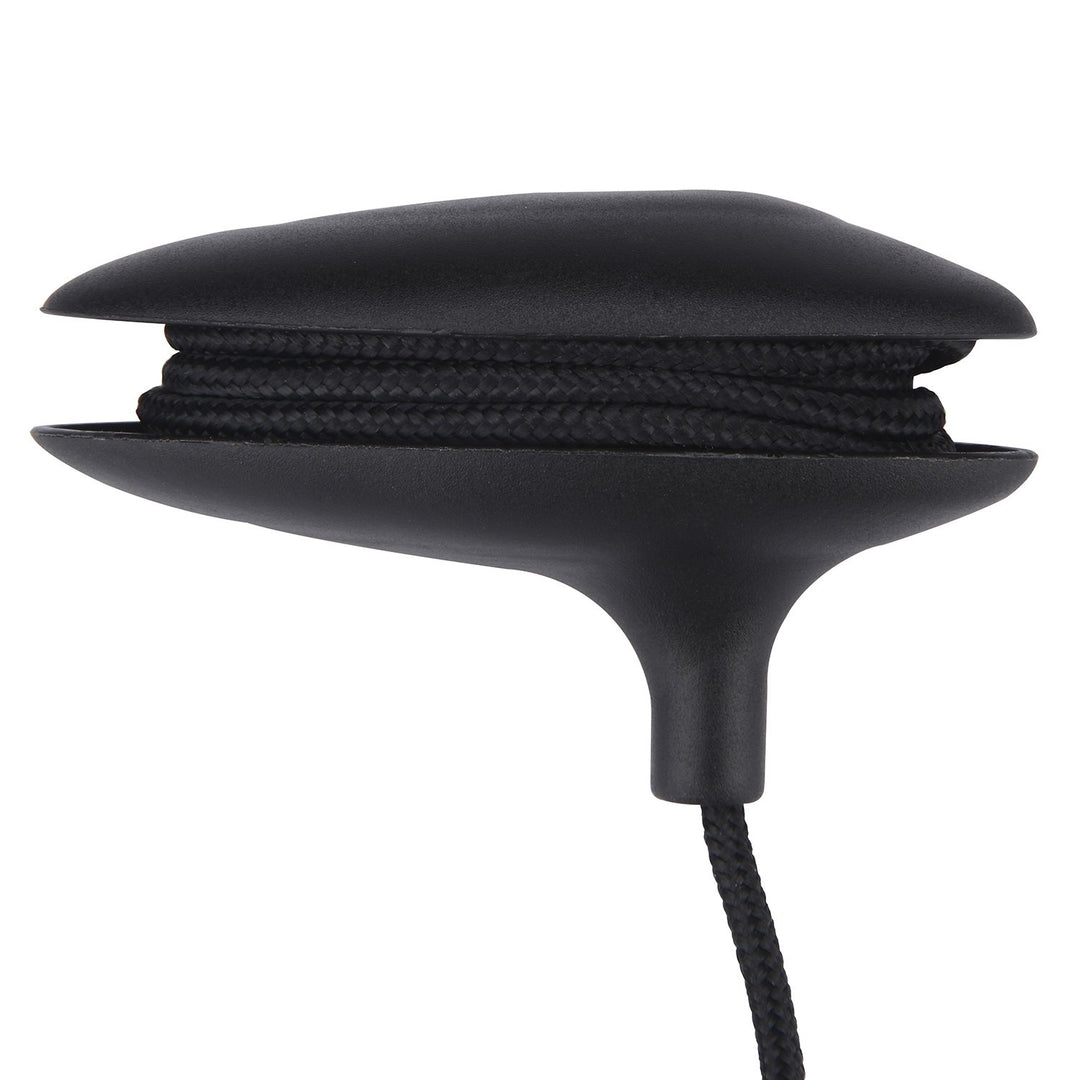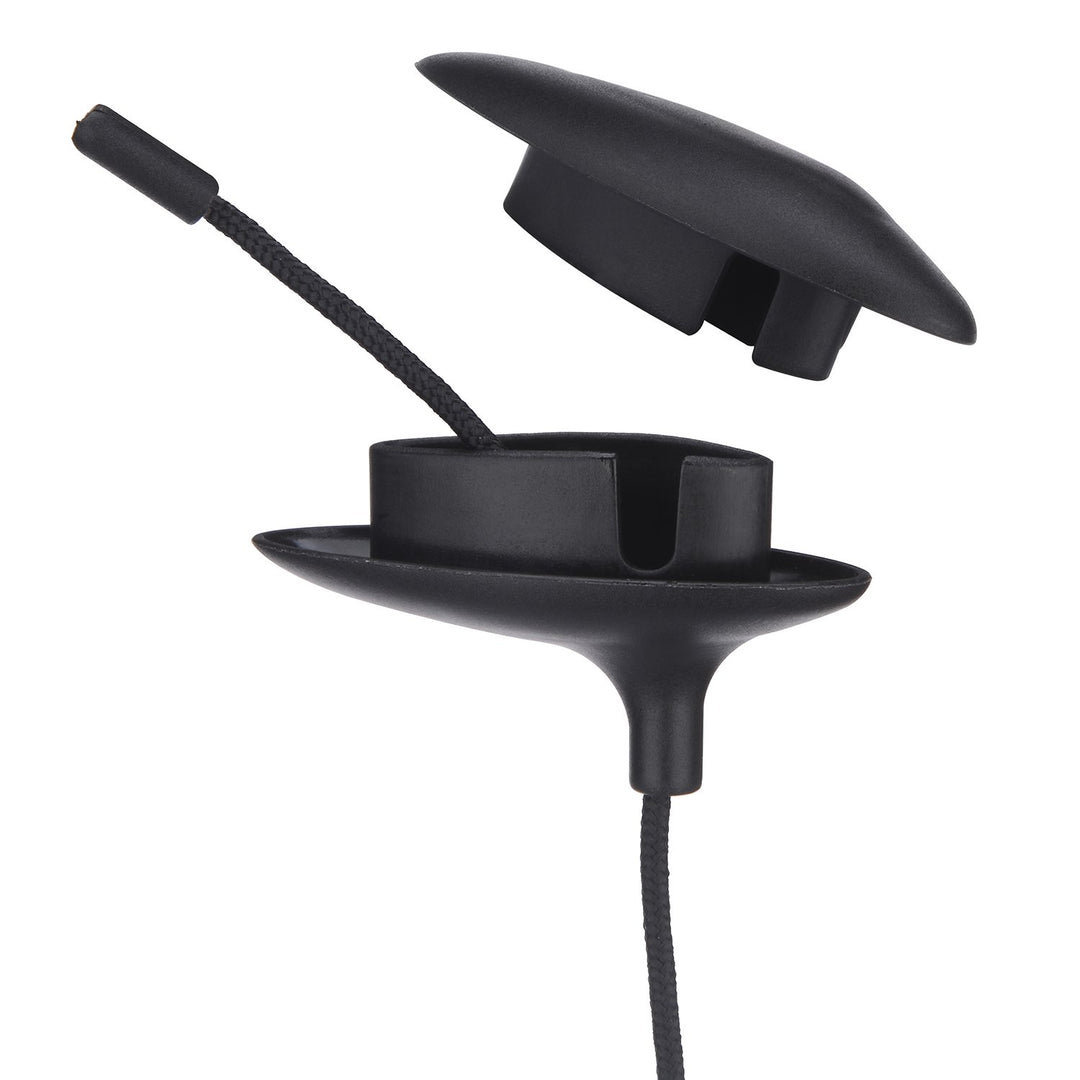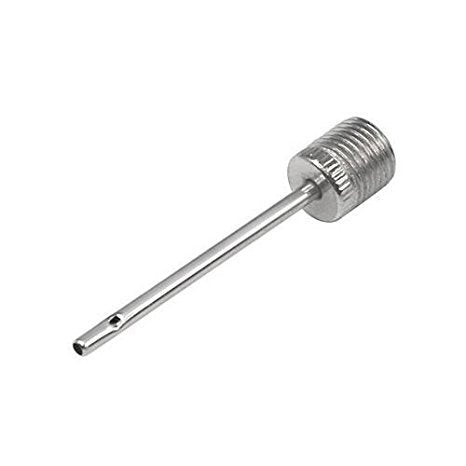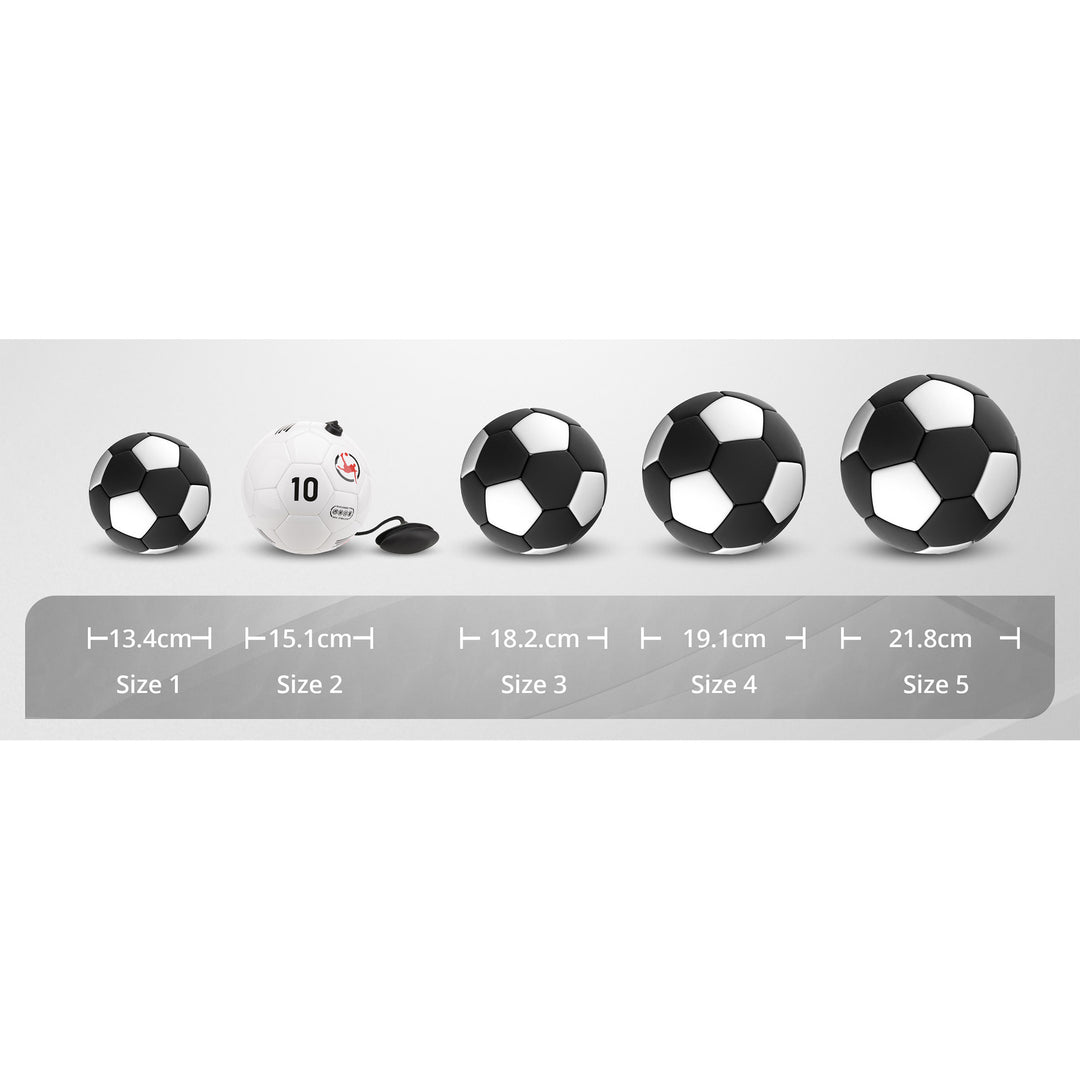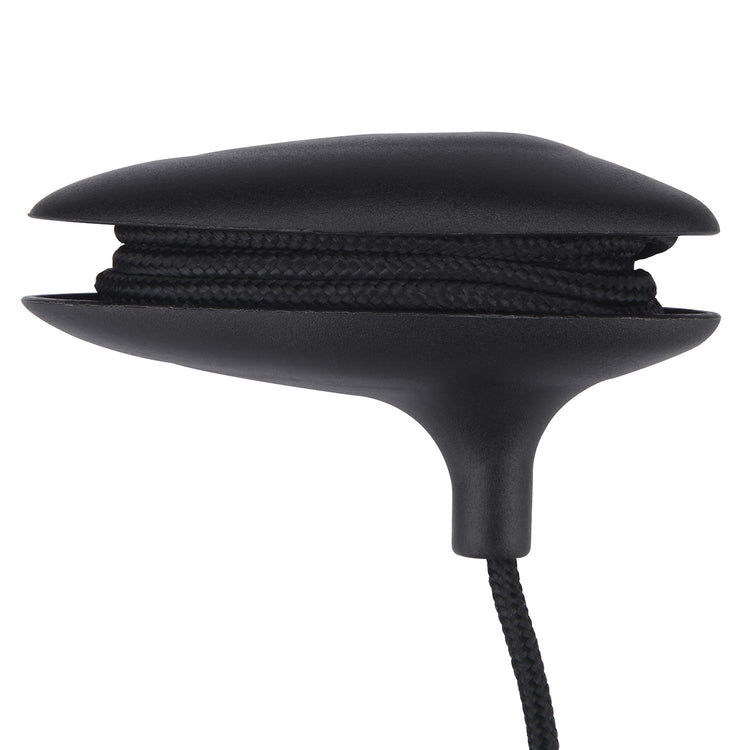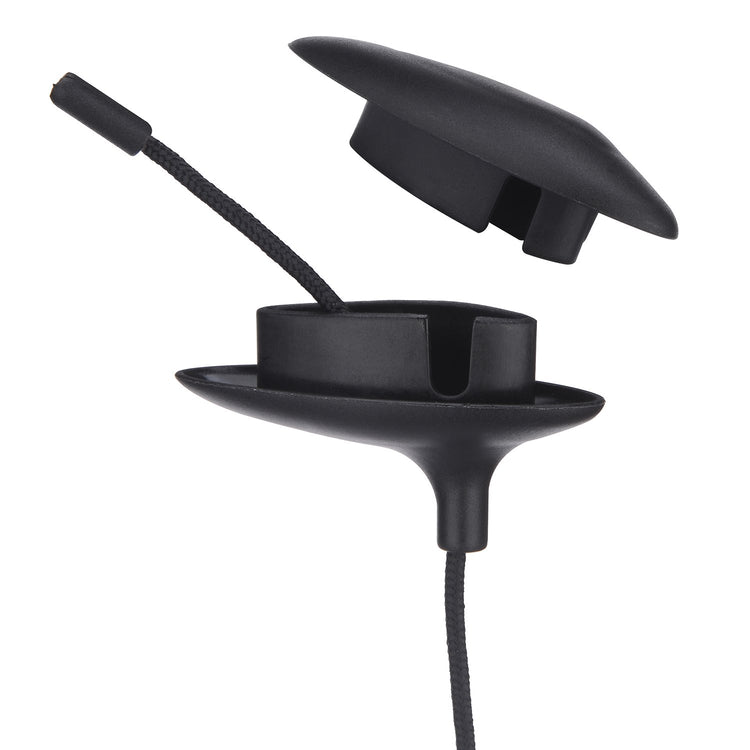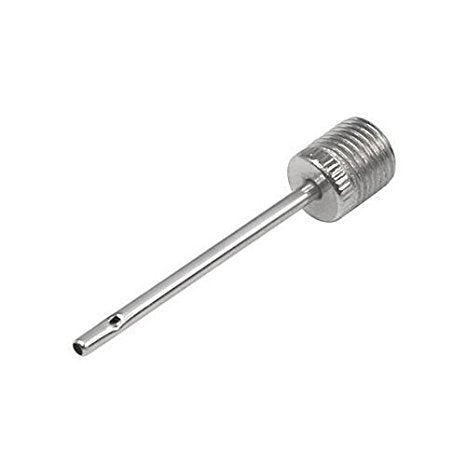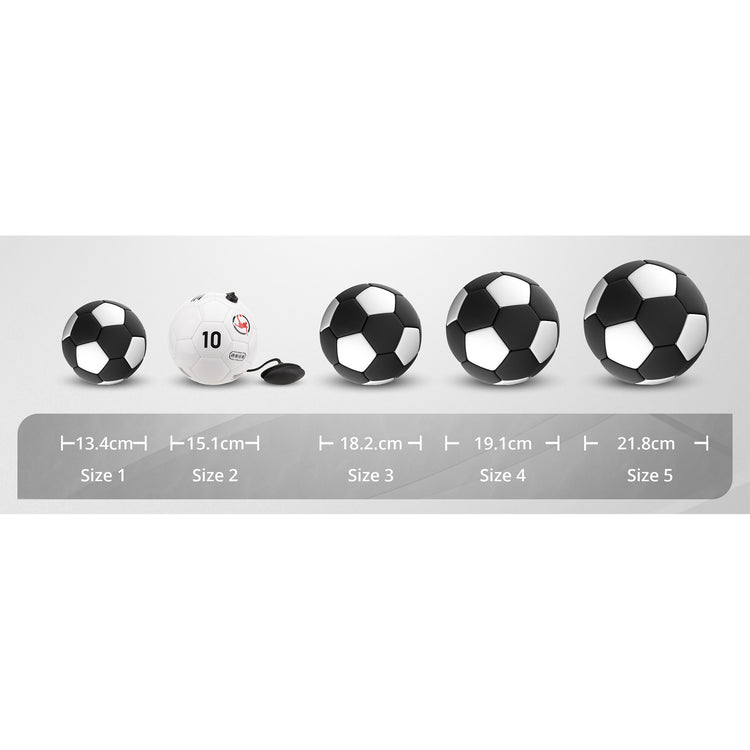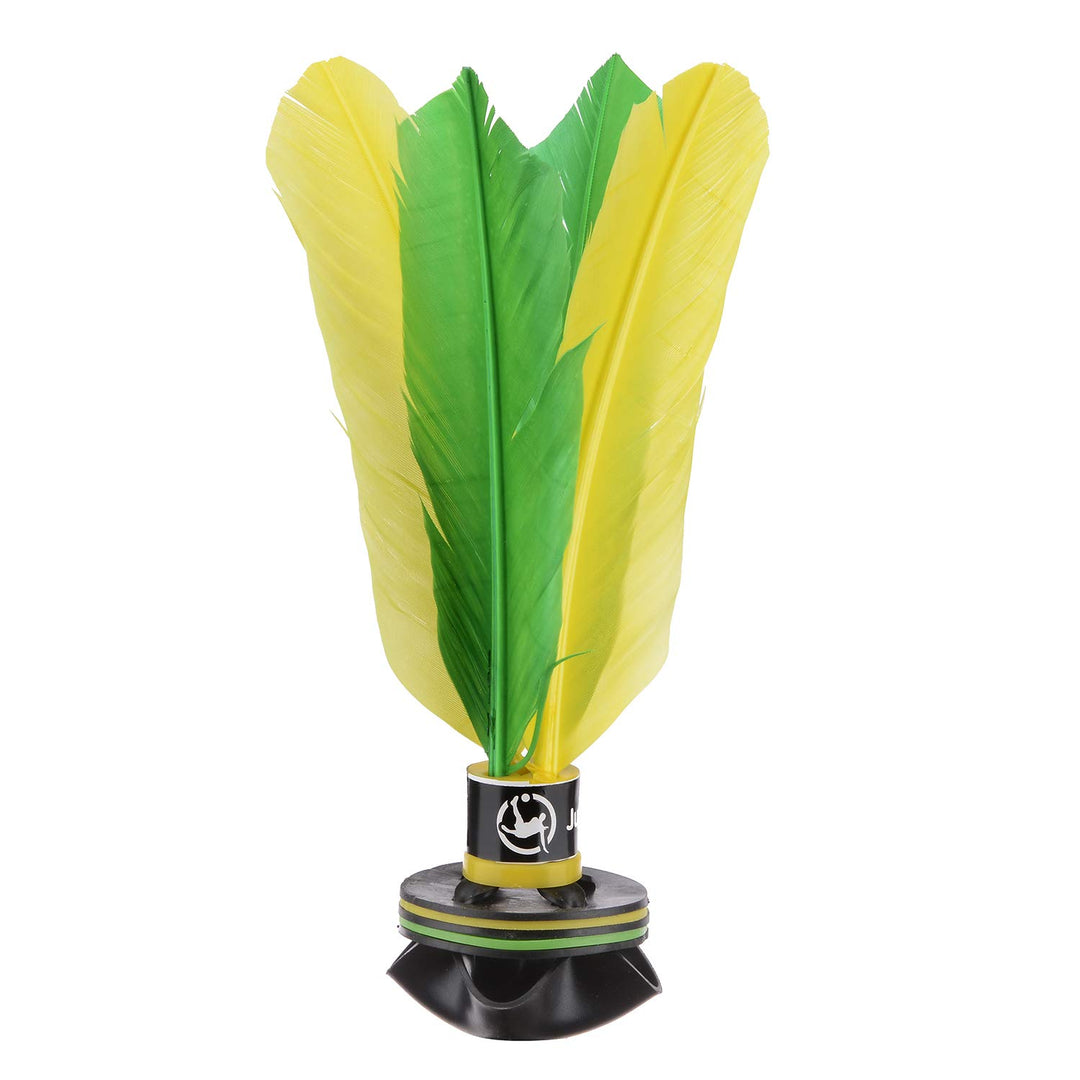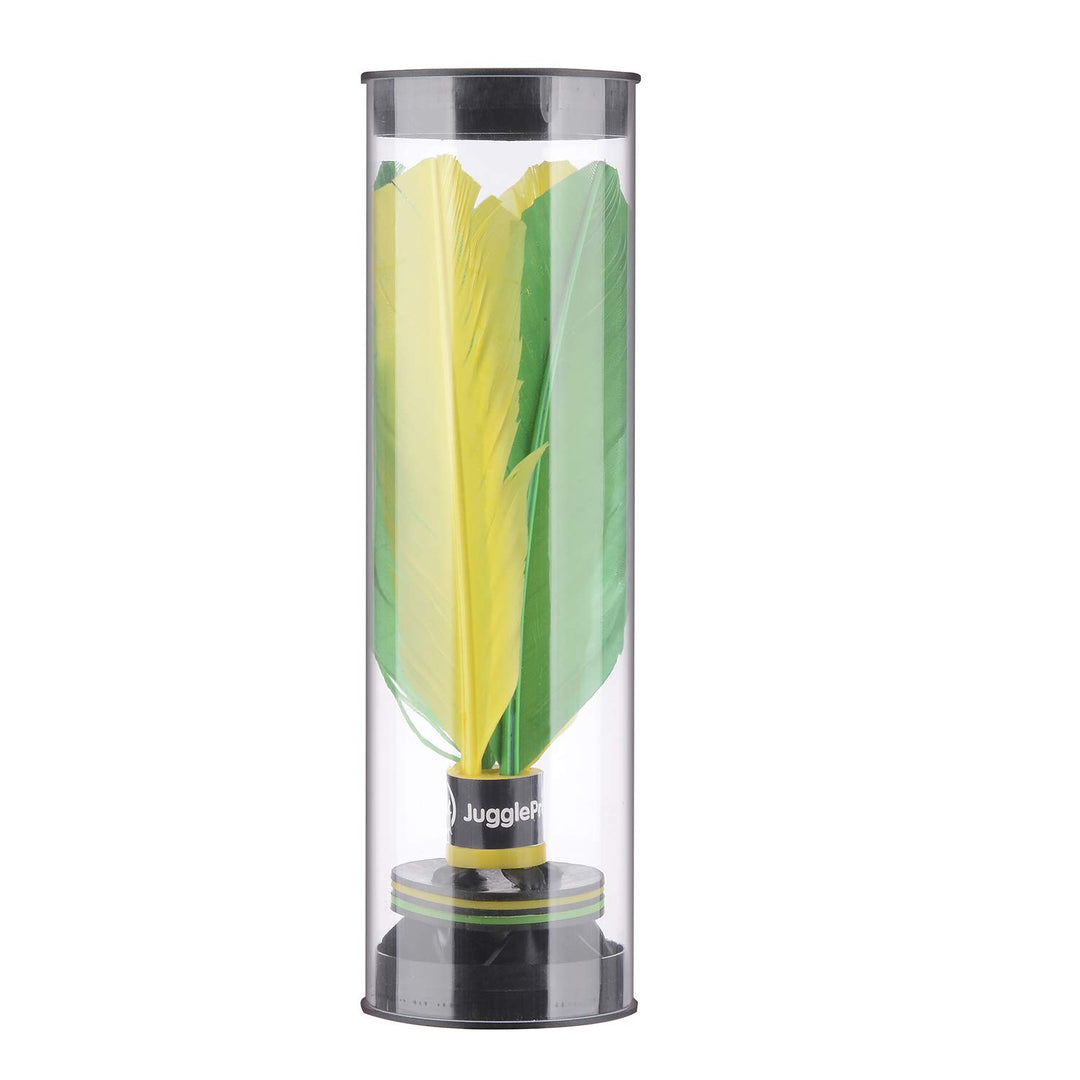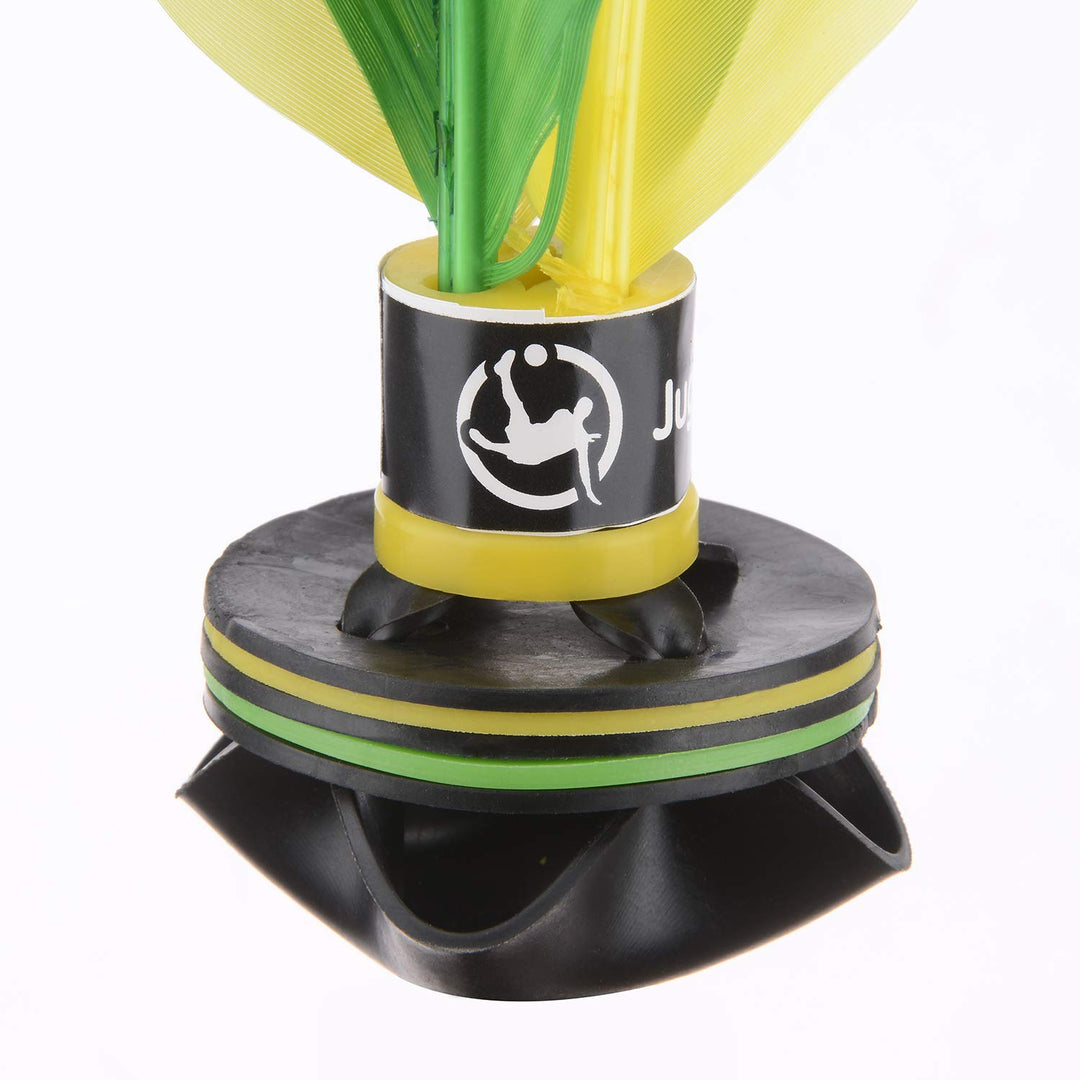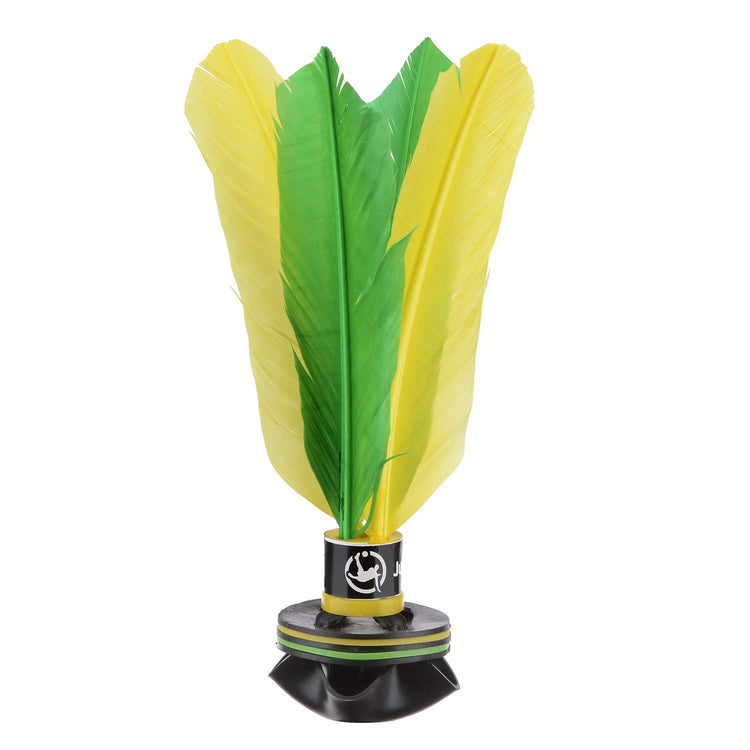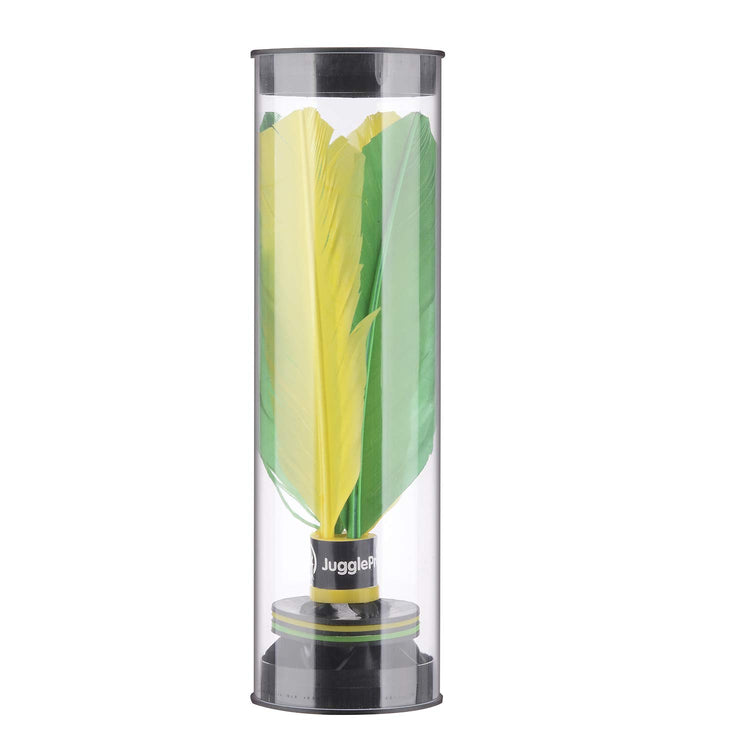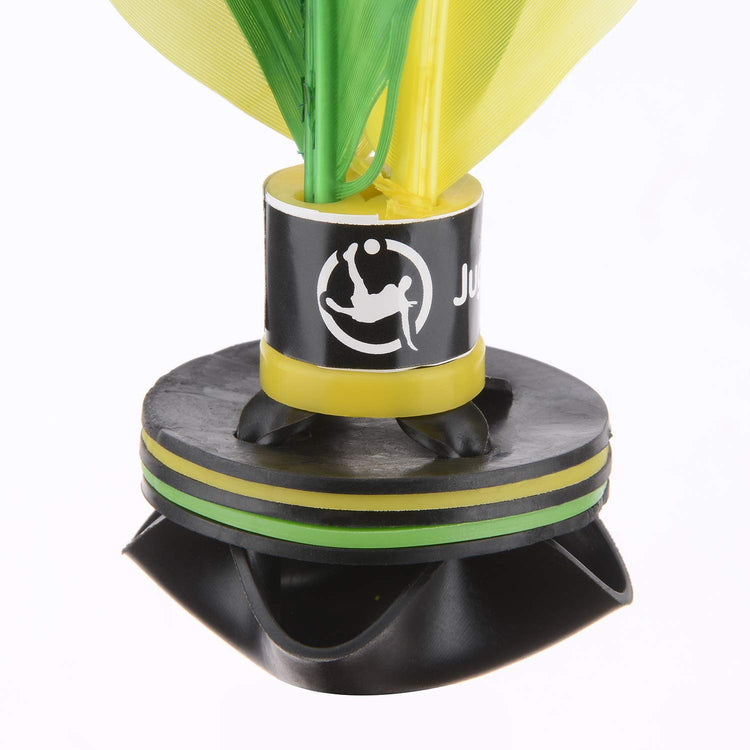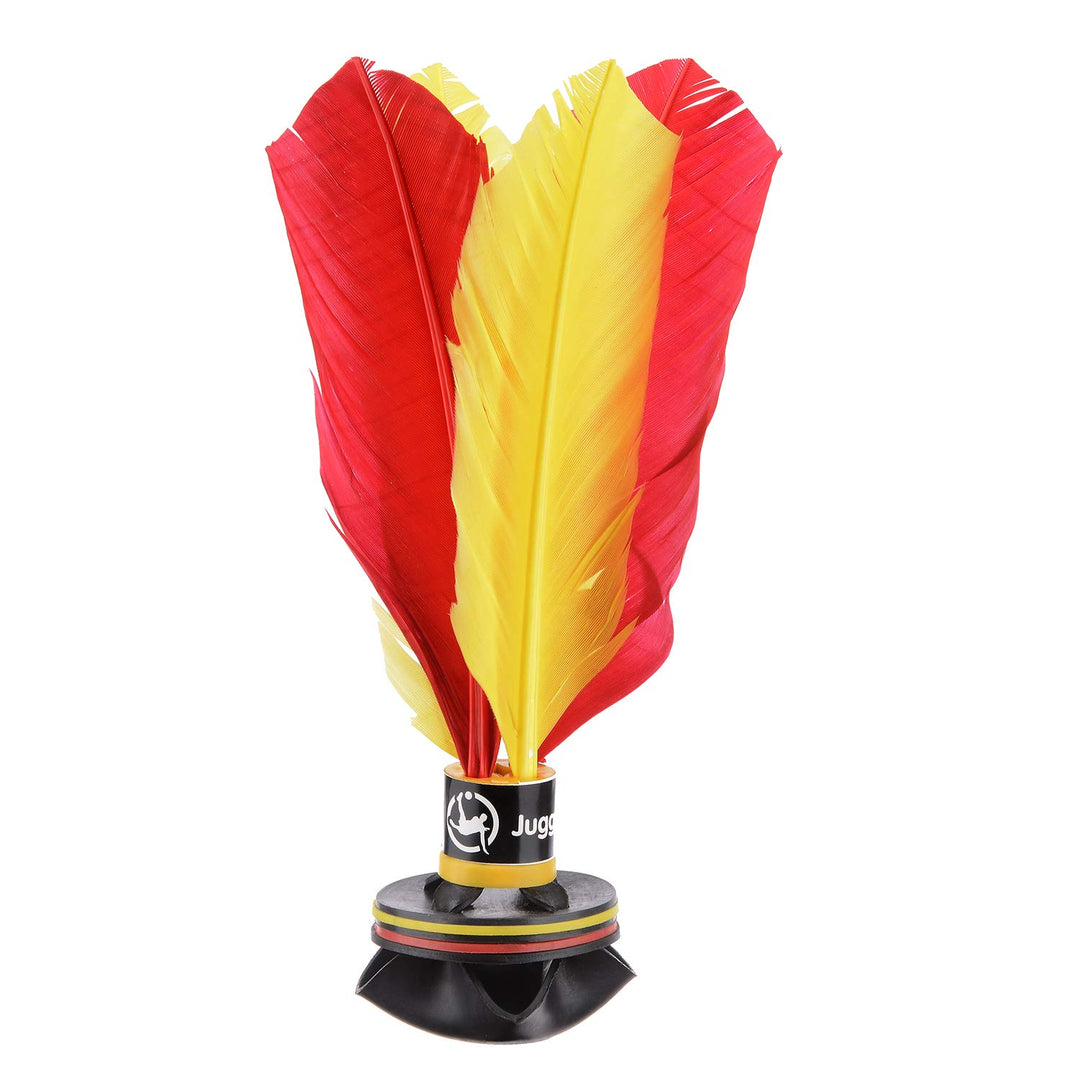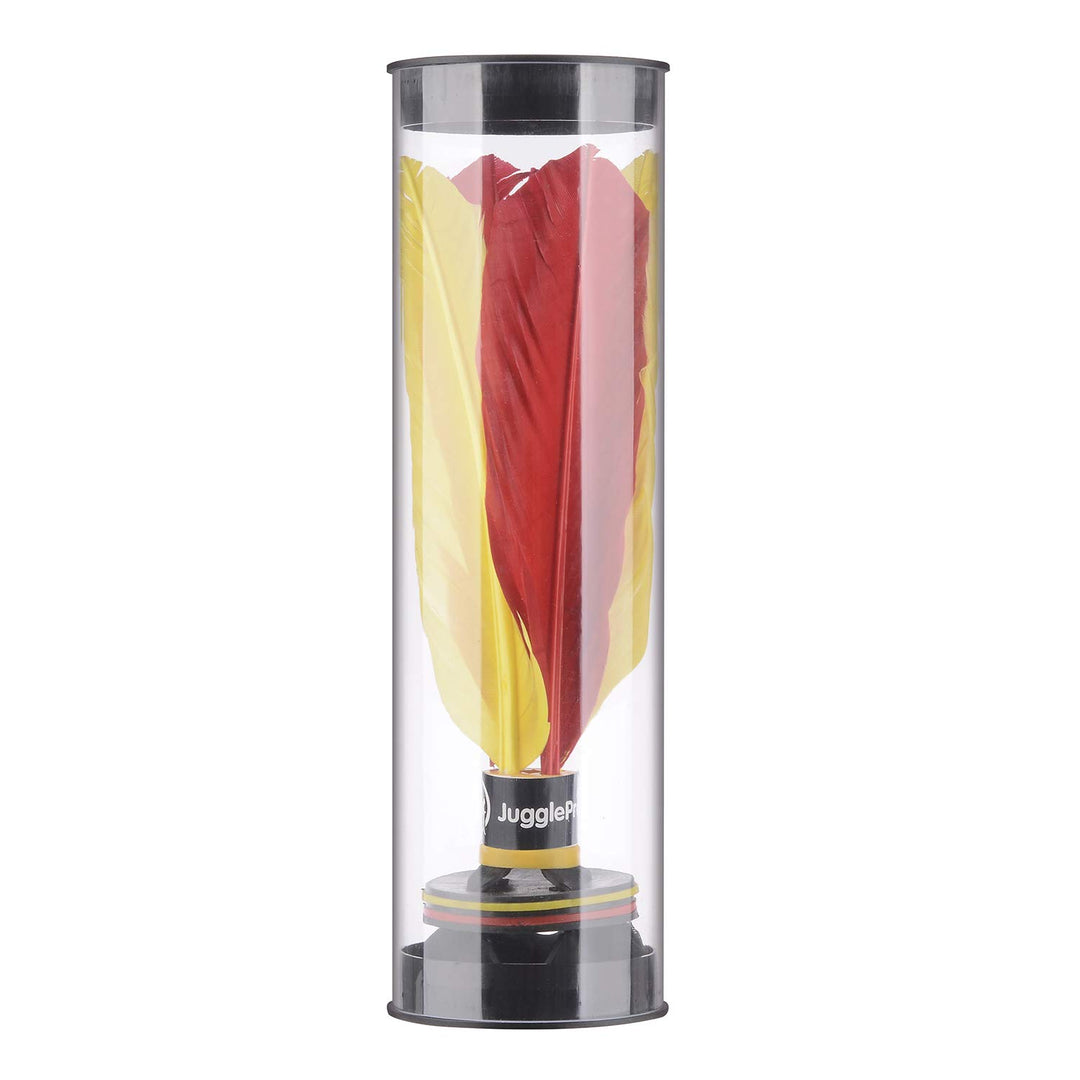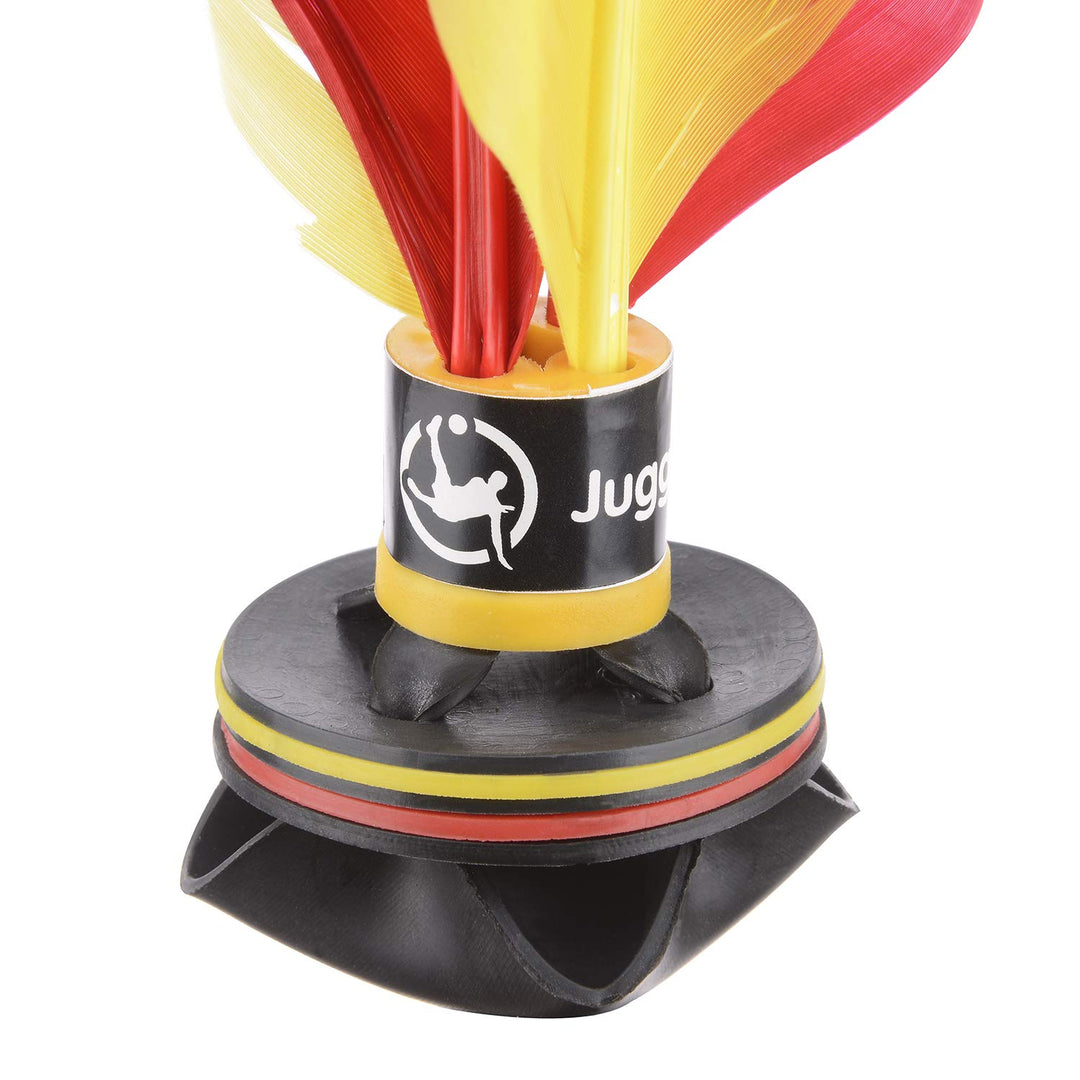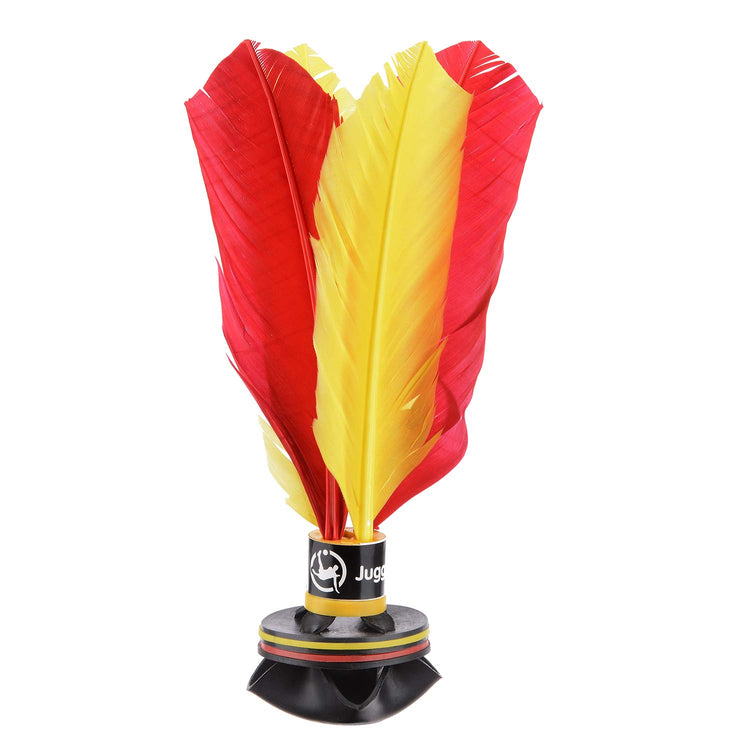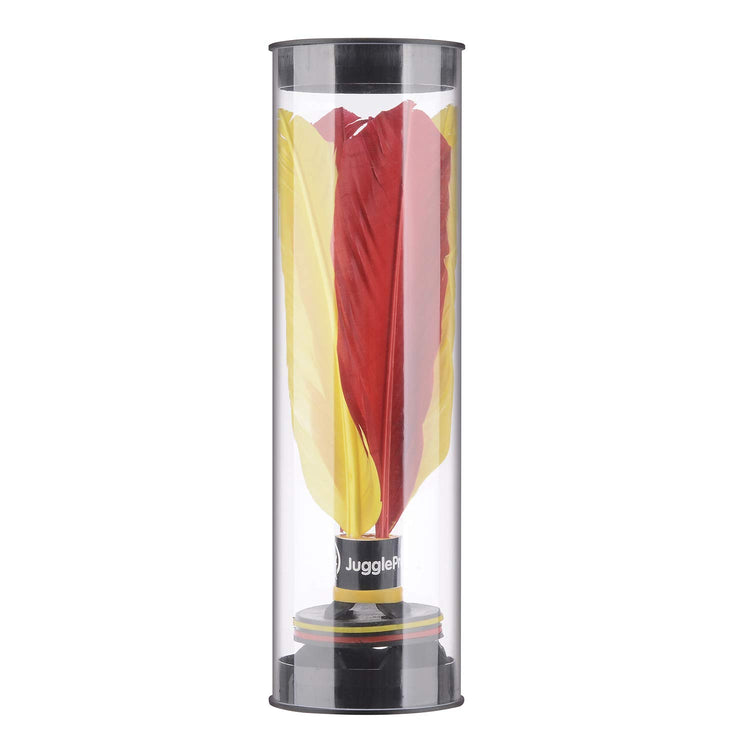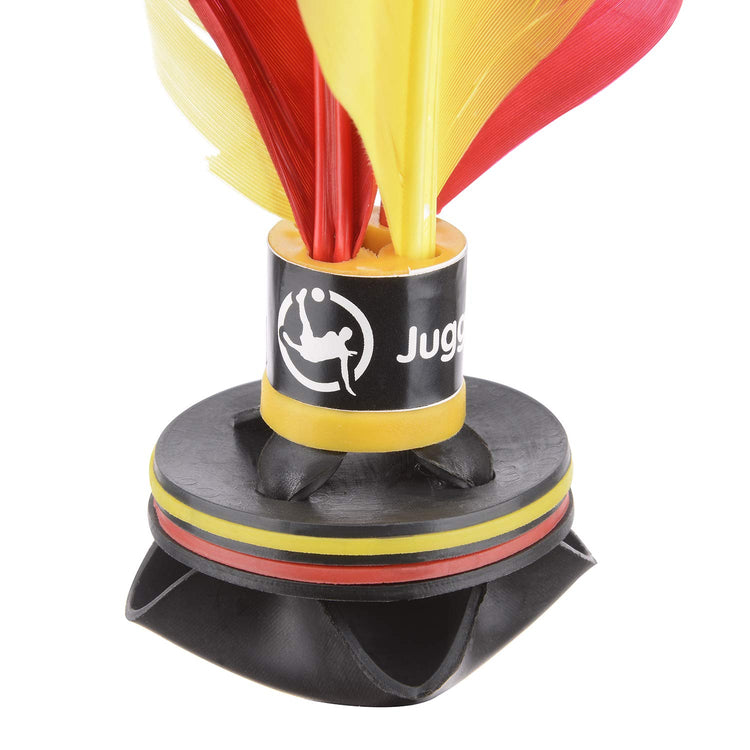A modern evolution of the Footbag: the Footbag Chainmail (Footchain)
Since the 1970s and the vacations in Oregon of John Stalberger and Mike Marshall, the footbag (or better known as the hacky sack across the Atlantic) of which they are the precursors has continued to develop. The hacky sack, from which it takes its name, designates both the ball and the sport. If many other balls are used today for playing footbag, the footchain is the latest form currently in vogue and the least we can say is that with it, the game becomes more attractive and more interesting. . Discover here the materials used to create footbags and especially how to design a Footchain yourself.
Overview of the footbag
Footbag is an activity that serves as a game and a competitive sport. There are generally four sporting forms. The most artistic and the one that we frequently encounter is the freestyle footbag. It consists of doing tricks and juggling with the ball while taking care not to drop it; In industry language, we say “keep the ball alive”. The net footbag is encountered much more in the context of competition. Two teams throw the ball over a net. Footbag golf is similar to classic golf, but the foot is used instead of the club. We also find the four square, which is very common in the United States: we draw a square on the ground which we subdivide into four small squares of equal dimensions. The goal is to juggle the squares while scoring points in each square.
Dimensions of a footbag
Regardless of the material used to make the footbag, many people agree on choosing the optimal dimensions of a good footbag. The ideal diameter is around 5 cm for a weight of 40 grams. Please note that these dimensions are not governed by standards.
The different types of materials used for the Footbag
Originally, when John and Mike were developing the first footbag, it was simply a denim ball, which was filled not with air, but with grains of rice or beans. Today, footbags can be filled with sand, small rocks or more often plastic balls. Filling footbags with sand or metal aims to increase the weight of the footbag and facilitate cushioning. While filling the footbags with plastic allows for more precision in each of the figures and kicks. Footbags filled with plastic are generally better filled than those with sand and are therefore rounder in shape. This round shape makes it easier to control juggling and kicking. This allows consistency in the figures of speech.
Footbag casings are traditionally designed with pieces of leather called panels, sewn together. The size and number of panels vary greatly. Footbags are made up of at least 2 panels and a maximum of 200 panels. These panels can be in the shape of squares, triangles, octagons, circles and pears. 14-panel footbags are very popular commercially. The 32 panel footbags are also very popular among more experienced footbags. The more panels there are, the rounder the footbag.
Most footbags are made of ultrasuede, but they can also be split grain cowhide, vinyl, pigskin, water buffalo hide, snakeskin, kangaroo hide, suede polymer or other artificial materials. The footbag panels are sewn with a strong and durable synthetic thread, similar to dental floss.
Composition of the Chainmail Footbag called Footchain
Unlike other materials used to make footbags, footchain deviates slightly from the principle of the classic hacky sack. If the other materials are used to make the envelope which will contain the balls, the footchain is not hollow and there is therefore no need for lead (or plastic) balls to fill it. The footchain or chainmail footbag refers to a footbag designed from chain mail. These are small rings that are judiciously assembled to form a footbag. These are small metal rings. The most commonly used metals are aluminum or stainless steel. We sometimes add recyclable leather.
The use of metals such as steel or aluminum gives the footbag great resistance. It is possible to use a set of rings in different colors to make it more attractive. Whether practicing freestyle footbag, net footbag, four square or golf footbag, the footchain provides an incredible sensation. It remains firm in the feet and the slight “CHING” that accompanies each kick makes the game enjoyable.
How to create your own chainmail footbag? the footchain
Whether you're a footbag fan or not, you have to admit that it's an excellent distraction. You can design your own footchain to add it to your footbag collection. Its design requires technique, particularly in assembling the rings. You will find several videos on YouTube that give you instructions and directions for making your own footchain:






